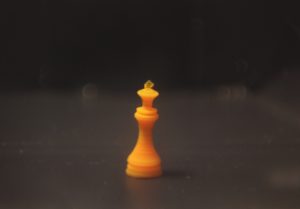 Rutgers engineers have invented a printing method for a smart gel that could be used to create materials for transporting small molecules like water or drugs to human organs.
Rutgers engineers have invented a printing method for a smart gel that could be used to create materials for transporting small molecules like water or drugs to human organs.
The approach involves printing a 3D object with a hydrogel (water-containing gel) that changes shape over time when temperatures change, said senior author of the study Howon Lee, Assistant Professor at Rutgers University-New Brunswick in New Jersey.
Hydrogels are everywhere in our lives, including in contact lenses, diapers and the human body.
The smart gel could provide structural rigidity in organs such as the lungs and can contain small molecules like water or drugs to be transported in the body and released.
It could also create a new area of soft robotics and enable new applications in flexible sensors and actuators, biomedical devices and platforms or scaffolds for cells to grow, Lee said.
“The full potential of this smart hydrogel has not been unleashed until now,” said Lee.
“We added another dimension to it and this is the first time anybody has done it on this scale.
They’re flexible, shape-morphing materials. I like to call them smart materials,” he added.
The engineers worked with a hydrogel that has been used for decades in devices that generate motion and biomedical applications such as scaffolds for cells to grow on.
They learned how to precisely control hydrogel growth and shrinkage.
In temperatures below 32 degrees Celsius, the hydrogel absorbs more water and swells in size.
When temperatures exceed 32 degrees Celsius, the hydrogel begins to expel water and shrinks, the study showed.
The engineers also found that the objects they could create with the hydrogel range from the width of a human hair to several millimeters long.


